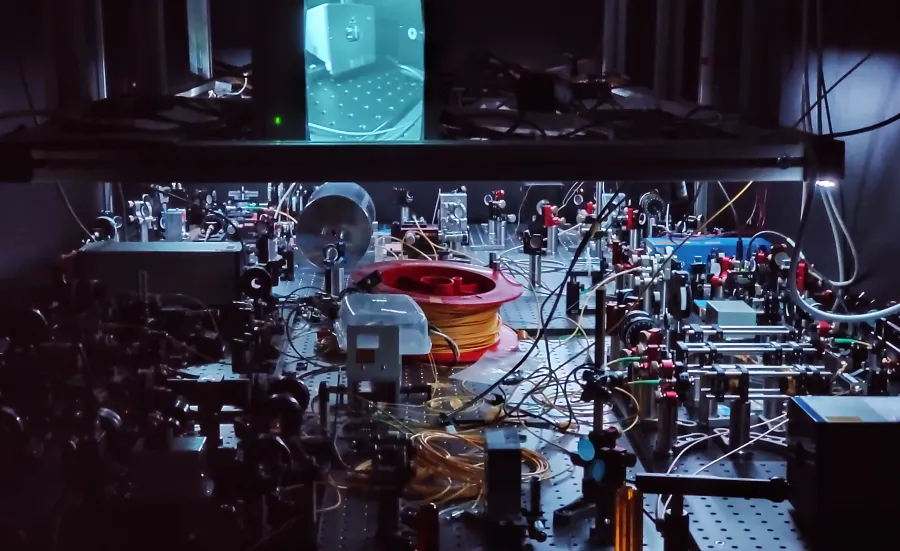Hybrid Quantum Networks Lab

We research quantum light-matter interactions between atomic ensembles and single photons. We aim to merge these systems to form large-scale quantum photonic networks for processing over global distances.

We research quantum light-matter interactions between atomic ensembles and single photons. We aim to merge these systems to form large-scale quantum photonic networks for processing over global distances.

Our research focuses on the development and implementation of a quantum optical memory. This is a device that can take a quantum state of light (e.g. a single photon), store it for an arbitrary length of time, and recall the state efficiently in a noise-free fashion, preserving the quantum nature. A quantum memory would bring clear and immediate impact to the quantum information processing community for large-scale quantum networking, particularly, being useful in the context of quantum computation and the Quantum Internet.
Atomic based systems provide a platform for the implementation of quantum optical memories. An atom or an atomic ensemble absorbs the quantum state of light, storing it as an atomic coherence which can be read out back to a light field at a later time defined by the user. An on-going challenge is to implement this efficiently, free of noise, with broad acceptance bandwidth and long storage time. We focus on two differing platforms:
We aim to interface with single-photon sources based on: